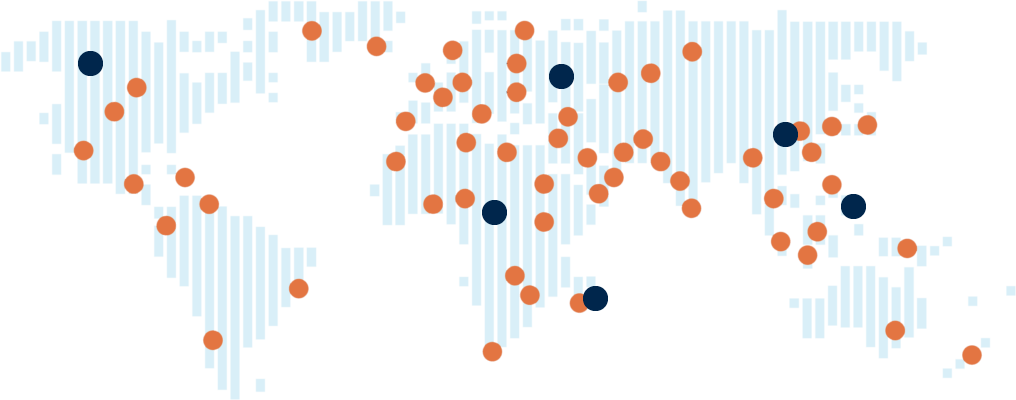Retirement is a time when many people look forward to slowing down and enjoying life after years of hard work. However, in order to truly enjoy your retirement, it’s important to plan carefully for your in-retirement spending. In this article, we’ll explore some of the must-knows about in-retirement spending and provide practical answers to some common questions.
How much should I plan to spend in retirement?
One of the biggest challenges of retirement planning is determining how much you’ll need to spend each year in retirement. While there’s no one-size-fits-all answer to this question, a good rule of thumb is to plan for your retirement expenses to be about 70-80% of your pre-retirement expenses.
Of course, this will depend on a number of factors, such as your lifestyle, health, and desired retirement activities. Some people may need more or less than this amount, but it’s a good starting point for planning.
How should I plan for my in-retirement expenses?
The first step in planning for your in-retirement expenses is to create a budget that takes into account all of your expected expenses. This should include both fixed expenses (such as housing, utilities, and insurance) and variable expenses (such as travel, entertainment, and hobbies).
Once you have a budget in place, it’s important to consider how you’ll fund your retirement expenses. This may include a combination of sources, such as Social Security, pensions, retirement savings accounts (such as 401(k)s or IRAs), and other investments.
It’s also important to factor in inflation when planning for your in-retirement expenses. While inflation may seem like a small factor, it can have a significant impact on your purchasing power over time. Make sure your budget accounts for inflation and adjusts your expenses accordingly.
What are some common pitfalls to avoid in retirement spending?
One of the biggest pitfalls to avoid in retirement spending is overspending in the early years of retirement. Many people are excited to retire and may splurge on travel, hobbies, or other activities they’ve been putting off. However, overspending early on can quickly deplete your retirement savings and leave you in a precarious financial position later on.
Another common pitfall is underestimating healthcare costs in retirement. As we age, healthcare expenses tend to increase, and it’s important to plan for these costs accordingly. Make sure you have adequate health insurance coverage and consider setting aside funds specifically for healthcare expenses.
Finally, it’s important to be mindful of the impact of taxes on your retirement income. Depending on your income sources, you may be subject to taxes on your Social Security benefits, pension income, or investment gains. Consider working with a financial advisor to develop a tax-efficient retirement income strategy.
What are some strategies for managing in-retirement spending?
One key strategy for managing in-retirement spending is to be flexible with your budget. Unexpected expenses can arise, and it’s important to be able to adjust your spending as needed to accommodate these expenses.
Another strategy is to consider part-time work or other sources of income in retirement. This can not only help supplement your retirement income but can also provide a sense of purpose and fulfilment in retirement.
Finally, consider working with a financial advisor to develop a comprehensive retirement income plan. A financial advisor can help you navigate the complexities of retirement income and develop a plan that aligns with your goals and objectives.
In-retirement spending is a critical component of retirement planning. By understanding how much you’ll need to spend, how to plan for your expenses, and some common pitfalls and strategies, you can ensure that you’re well-prepared for a happy and fulfilling retirement. So, take the time to plan carefully and work with a financial advisor to develop a comprehensive retirement income plan that aligns with your goals and objectives.


